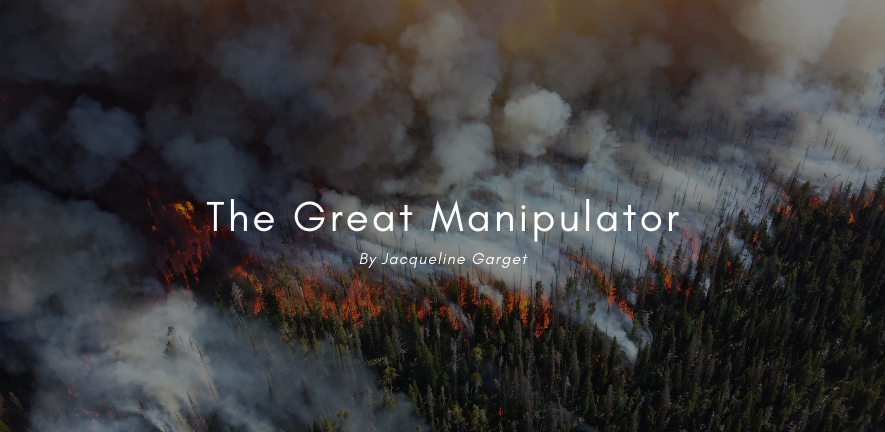
Submitted by Carmyn de Jonge on Mon, 14/12/2020 - 13:36
"Fire is a force to be reckoned with. The really intense wildfires we're seeing on the news are burning people's houses down. They're burning people in their cars. It's shocking."
Fire. It burns five percent of the Earth's surface every year, and accounts for up to twenty percent of total global greenhouse gas emissions. Before humans started interferin with the planet, the majority of carbon released by wildfires was recaptured as ecosystems regenerated. This is no longer the case.
For Adam Pellegrini, who has spent his career studying what happens when natural landscapes burn, the recent Californian wildfires are a glimpse of the future.
“The majority of increased fire activity we’re seeing in coniferous forests is due to climate change,” says Pellegrini. “The fire season is getting longer. Conditions are drier, so sparks are more likely to take hold and spread. Increases in drought, beetles and pathogens kill the trees and create more fuel. The combination can lead to really intense fires, which also cause more combustion in the soil.”
Much of Pellegrini’s research has focused on savannah grassland fires, which account for about 70 percent of the total burned area across the globe, and are the dominant source of fire-related carbon emissions. Grass grows quicker than trees, causing biomass to accumulate faster in these landscapes and burn more frequently.
Agricultural expansion in Africa is fragmenting the savannah, leading to an overall decrease in the area of the planet that burns each year. Forest fires, meanwhile, are on the rise.
In forests, the hotter, more intense fires in recent years are not only releasing carbon from wood and leaves – but from the soil itself. When soil microbes break down fallen leaves, dead plant matter and roots, the carbon in this plant biomass is released and can associate with minerals in the soil to become very stable. But the energy of an intense fire can burn it back off, releasing carbon dioxide into the atmosphere.
The implications for fire-driven changes in soil carbon are potentially significant. Soil contains at least three times more organic carbon than the atmosphere or terrestrial plants, making it an important global carbon pool. And soil carbon is centuries old, rather than the decades-old carbon in the trees. In the past it was a relatively stable part of the forest ecosystem.
“Researchers are now scrambling to understand the climate implications of the rising frequency and intensity of forest fires,” says Pellegrini. “These fires are much more driven by climate change, and they’re going to start playing an increasingly important role in global carbon emissions.”
